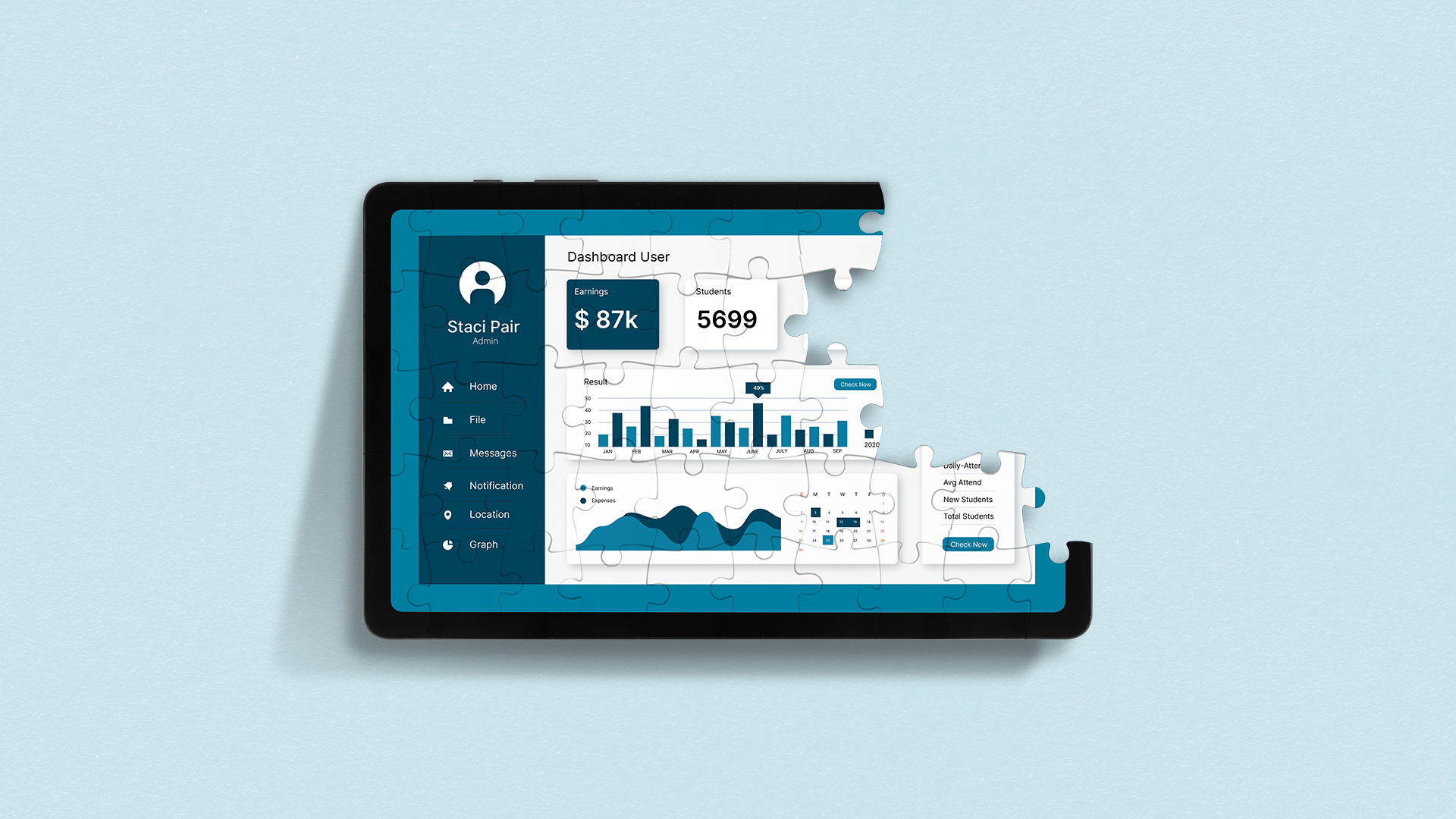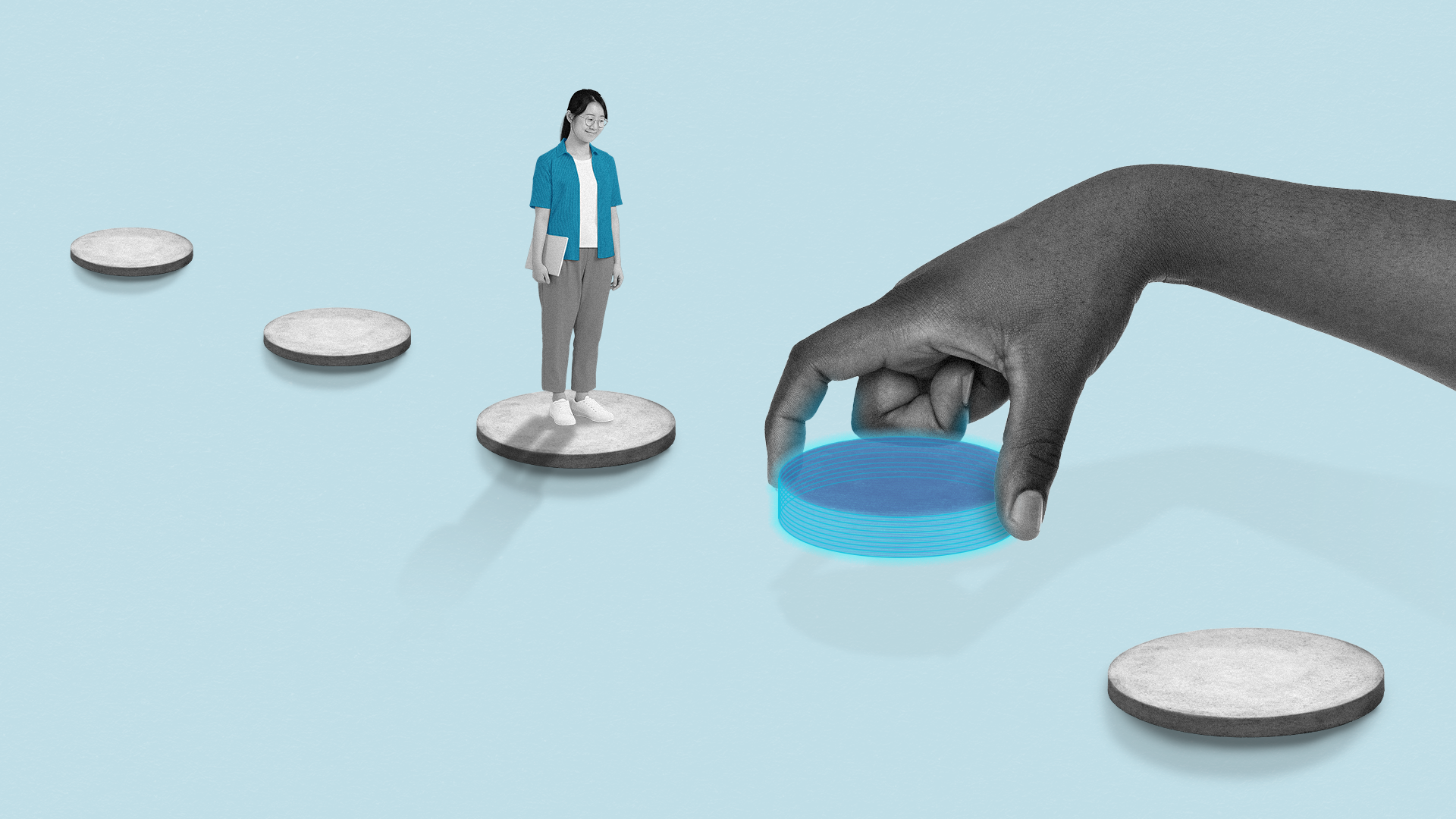- Video 1: Introduction to Our Five-Part Video Series
- Video 2: Using Student Experience to Drive Tech Decisions
- Video 3: Three Smart Ways to Improve Tech in Higher Ed Without Overhauling Your Infrastructure
- Video 4: How AI Can Transform Higher Education by Putting People First
- Video 5: How Incremental Change Will Revolutionize Higher Education
In this video, Regina Law dives into a topic that’s capturing attention across higher education: how artificial intelligence (AI) can make learning and administration more efficient and effective. But Regina’s take is different from what we often hear. For her, technology should enhance the human experience, not replace it. Here, she shares practical ways AI can help educators and university leaders simplify processes, support students, and amplify their work.
Watch Video 4: How AI Can Transform Higher Ed by Putting People FirstRegina Law is the Vice President of Partnership Development, Technology at Noodle with a unique background. Coming from higher education and strategic planning rather than programming, she understands firsthand the specific needs and challenges faced by universities.
Putting People at the Center of Technology
Technology is at its best when it serves people’s real needs. Think about how it helps us in everyday life—whether it’s managing a to-do list or connecting with family across the country. Regina believes that universities should use technology in the same way: to make students feel seen and supported.
For instance, an AI-powered support system can create a personalized experience for students even on large campuses. Imagine a student interacting with an AI chatbot that can answer basic questions, schedule appointments with advisors, and pass along helpful information before the student even speaks with staff. The result? The student gets the support they need without waiting, and staff members can focus on higher-impact conversations. It’s a small change that makes a big difference.
Redefining Learning Experiences with AI and AR
In the classroom, AI and augmented reality (AR) are opening up new ways to teach and learn. For example, the Manchester Fashion Institute recently redefined what a fashion show could be by blending physical and digital runways. Students showcased their work both in person and in a virtual space, where they could experiment with digital designs and reach a broader audience. This innovation is just one way technology can expand the creative possibilities for students.
In fields like medicine and architecture, AI and AR are also helping students gain hands-on experience without the traditional resource demands. Medical students, for example, can now practice on AI-driven surgery simulators, while architecture students use AR to design and test 3D models. These tools make it easier to bridge the gap between theory and practice, bringing learning to life in ways that are scalable and safe.
Building Real-World Skills Through AI
One of the exciting aspects of AI in higher ed is how it can support students in developing essential soft skills. At Noodle, Regina is working with partners who use AI to help students practice conflict management and debate. Here’s how it works: after a quick lesson, students interact with AI-powered conversation partners in realistic role-playing scenarios. They then receive feedback from an AI coach, helping them improve their skills and gain confidence before they tackle real-life situations.
These AI-driven tools allow students to practice communication in a low-risk environment and become better equipped for life beyond the classroom.
Creating Personalized Learning Paths with AI
We’re all used to content curation in our daily lives—think of how streaming platforms suggest movies and shows based on our viewing history. Regina explains that higher ed could apply this same concept. With AI, universities could analyze a student’s resume, academic record, and career aspirations to create a tailored learning path. Instead of scrolling through endless options, students could be matched with courses that align with their goals, making education more focused and relevant.
This curated approach to learning can help students reach their potential faster, transforming what might feel like a scattered educational journey into a streamlined, purposeful experience.
Innovation is a Process, Not a Product
For Regina, the real opportunity in AI is not about sweeping changes but about small, intentional improvements. She encourages university leaders to look for ways technology can simplify or automate the many manual processes that eat up valuable time. From reducing the number of logins needed to access information to creating smoother workflows for faculty and staff, there’s plenty of room for improvement without reinventing the wheel.
Dream Big and Stay Focused on the Human Experience
Regina’s final message to higher ed leaders is to dream big. By putting people at the center of tech decisions, universities can foster a supportive, personalized experience for everyone on campus. In an age when information is everywhere, the goal should be to make accessing that information as smooth and human-centered as possible.
With the right approach, technology can become a tool for connection, creativity, and collaboration. Regina believes that by combining existing tech with a focus on people, higher ed can redefine innovation in ways that are impactful, scalable, and deeply human.



